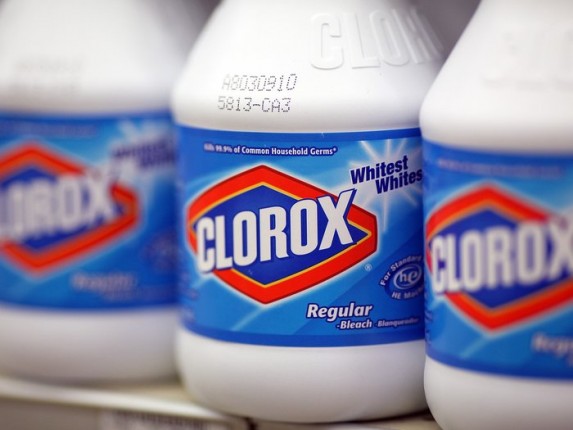When it comes to fighting germs a popular but often overlooked culprit is the laundry.
There have been many studies that show just how susceptible washers and dryers are as a gathering place for germs. The best was a study conducted by Dr Chuck Gerba at the University of Arizona and presented at an American Society of Microbiologists meeting.
He asks: What happens to the bacteria in laundry when it’s washed?
To answer it, he swabbed the insides of 100 washers in Arizona and Florida to identify if they contained residual “bugs.” Are you ready for the shocking results?
Dr. Gerba found more than 60 percent of the machines tested positive for coliform bacteria, an indicator of fecal contamination. Another 20 percent contained staph. Dr. Gerba also confirmed the laundry bacteria is primarily from underwear, but also included bacteria often found in dishcloths and sponges.
Next he looked at what happens to bacteria during washing and drying. He used three different illness-causing bacteria for his tests: E. coli, Salmonella, and another common bacteria that causes skin infections (Mycobacterium fortuitium).
Simulating typical home-laundry practices using warm water washes, the researchers observed that after washing, bacterial contamination was found throughout the clothing and on the machine tub itself. The bacteria left behind even showed up in subsequent wash loads.
Even more surprising, the heat from the dryer did not kill all the bacteria. The E. coli was eliminated, but the other two bacteria, although reduced, were still present. Drying times included 23-minute permanent press cycles and 43-minute cotton settings.
Equally concerning, your hands and the top of the washer and dryer come in contact with those germs as wet clothes are transferred from washer to dryer.
So a quick summary:
- Over ¾ of the washers had bacteria happily living in them and waiting for the next washload
- Most of the bacteria was from underwear
- Washing in warm water spread the bacteria to the rest of that load AND then left some behind for the next load
- You help spread the bacteria by touching/handling the wet laundry
- Dryer heat wasn’t enough to kill everything.
CONTROL GERMS BY:
- Using the hottest water for the items
- Using Clorox ® Regular-Bleach where possible on your underwear loads; it kills 99.99% of those bacteria and viruses
- Always do the bleach load first
- If you don’t use liquid bleach, then first run an empty wash cycle with liquid bleach and cold water to sanitize the machine
- Always wash your hands after sorting laundry for washer or transferring wet laundry to dryer.
- Wipe off surface of washer and dryer with a disinfectant wipe
Source: Clorox, story by Dr. Laundry







Comments on this entry are closed.